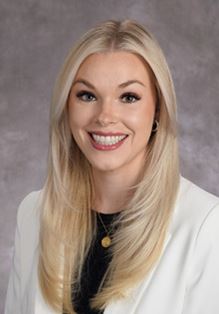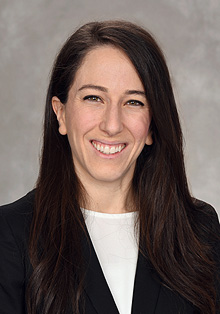1021-1030 of 2942 Results Found


Condition
Craniosynostosis What is craniosynostosis? The skull is made up of 8 bones and joints where the bones of the skull meet (sutures). These sutures allow the skull to grow as an infant grows and develops. Over time, the sutures close and the bones fuse together. This forms the skull
Condition
Conjunctivitis in Children What is conjunctivitis in children? Conjunctivitis is an inflammation of the conjunctiva of the eye. The conjunctiva is the membrane that lines the inside of the eyelids and covers the eye. Conjunctivitis is also known as “pink eye” because the eye
Condition
The Digestive System: An Overview What is digestion? Food and drink must be changed into smaller molecules of nutrients to be absorbed into the blood and carried to cells throughout the body. Digestion is the process by which food and liquid are broken down into smaller parts
Condition
Treatment for a Child's Allergy to Dust or Pollen Your child's doctor will consider your child's age, overall health, how severe the allergic reaction was, and other factors when advising treatment. The three ways to treat allergies that work best are: Avoiding the allergen
Condition
Hydrocephalus What is hydrocephalus in children? A baby with hydrocephalus has extra fluid in and around the brain. This fluid is called cerebrospinal fluid (CSF). Most CSF is normally found in fluid-filled areas (ventricles) inside the brain. Its purpose is to cushion and
Condition
Anencephaly in Children What is anencephaly in children? Anencephaly is a condition that is present at birth (birth defect). It affects the brain and skull bones. With this condition, the brain isn't fully formed. It often lacks part or all of the cerebrum. The cerebrum is the
Doctor
Stewart Goldman, MD
Senior Vice President, Research; Chair, Department of Child Health
Specialties


